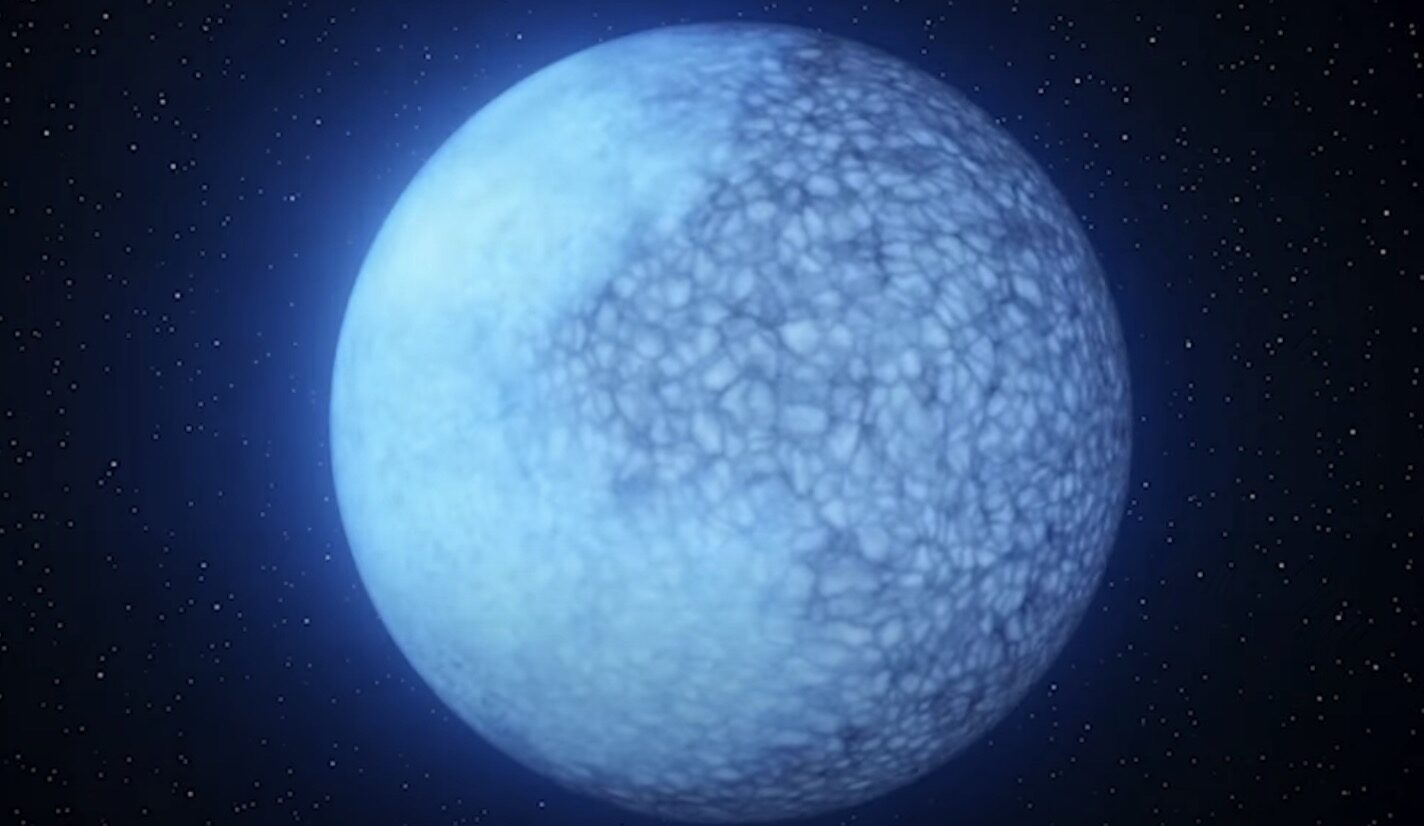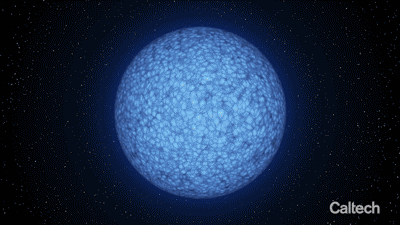Scientists discover a two-faced dwarf star
Humans have long imagined what other stars would be like. We’ve created fantastical science fiction stories that take place on other worlds orbiting around other suns. This was long before we actually figured out the composition of stars (that happened in 1925), or detected planets outside the solar system (believe it or not, that only started in the 1990s). But it turns out the reality of what’s in space is even more exciting than what the most imaginative “Star Trek” writers could dream up.
Fun space discoveries include a star that produces heavy elements like uranium, a “zombie” planet that survived the death of its star, a potential “diamond” planet and a star that appears to be older than the universe. And now, it also includes a “two-faced” star. Scientists have discovered a white dwarf star with one helium side and one hydrogen side.
Scientists at the California Institute of Technology had previously discovered this white dwarf star with the Zwicky Transient Facility at Caltech’s Palomar Observatory. Then, one of those researchers, Ilaria Caiazzo, started looking for highly magnetized white dwarfs, and one stood out because its brightness was changing rapidly — a star called ZTF J203349.8+322901.1. It’s about 1,300 miles away from Earth in the direction of the Cygnus constellation.
MORE: See the Webb telescope’s stunning new look at a distant neighbor
Using Palomar’s high-tech camera, CHIMERA, and the similar HiPERCAM at the world’s largest telescope on Spain’s Canary Islands, Caiazzo confirmed the star was rotating on its axis every 15 minutes. Then, observations at the W.M. Keck Observatory in Hawaii and the use of a spectrometer to spread the light out into its separate wavelengths revealed the star’s double faces as the star rotated.
Here’s an explanation of the finding from Caiazzo, in a video that was released by CalTech. She notes the star has been nicknamed Janus, after the double-faced Roman god of beginnings, transitions, and endings.
“The surface of the white dwarf completely changes from one side to the other,” Caiazzo, a postdoctoral scholar at Caltech and author of a study on the topic published this week in Nature, said in a press release. “When I show the observations to people, they are blown away.”
Although the research team says it is baffled by what is causing this interesting phenomenon, the study does propose a reason: the star is in the process of transitioning to a white dwarf, which is basically a small- or medium-sized star that has used up all its fuel.
Some of these stars do go from being mostly hydrogen to being mostly helium, and we could have caught it mid-evolution. Since hydrogen is lighter than helium, it would float to the top of the chemical mix that makes up the star. The extreme differences between the two sides could be caused by magnetic fields around the star, which might be stronger on one side and prevent the materials from mixing.
Even without a transitioning white dwarf star in the equation, the magnetic fields could be the cause of the disparate sides of Janus, researchers believe.
“The magnetic fields may lead to lower gas pressures in the atmosphere, and this may allow a hydrogen ‘ocean’ to form where the magnetic fields are strongest,” said co-author James Fuller, professor of theoretical astrophysics at Caltech.
More research on similar white dwarf stars could determine the truth about Janus.







